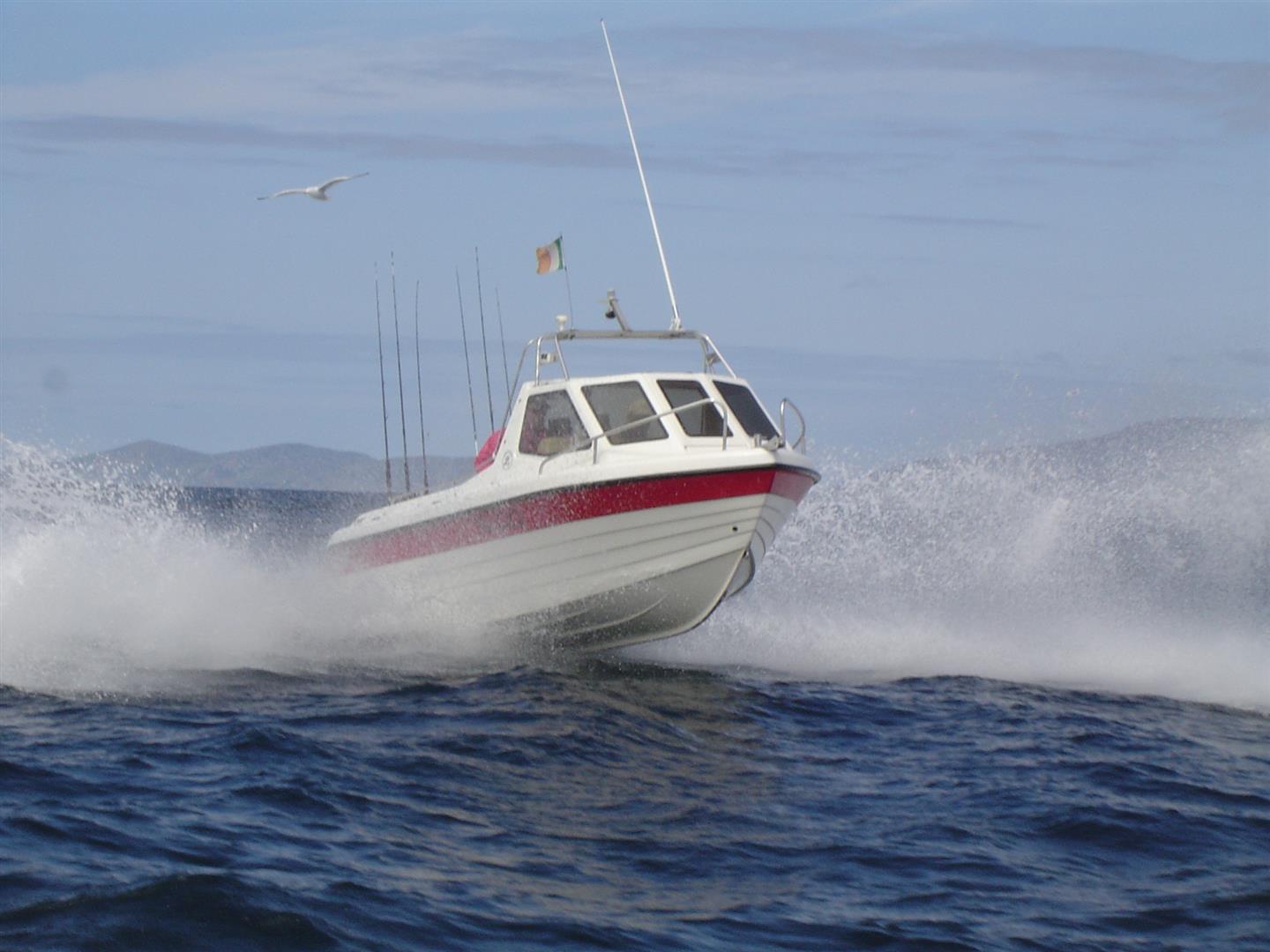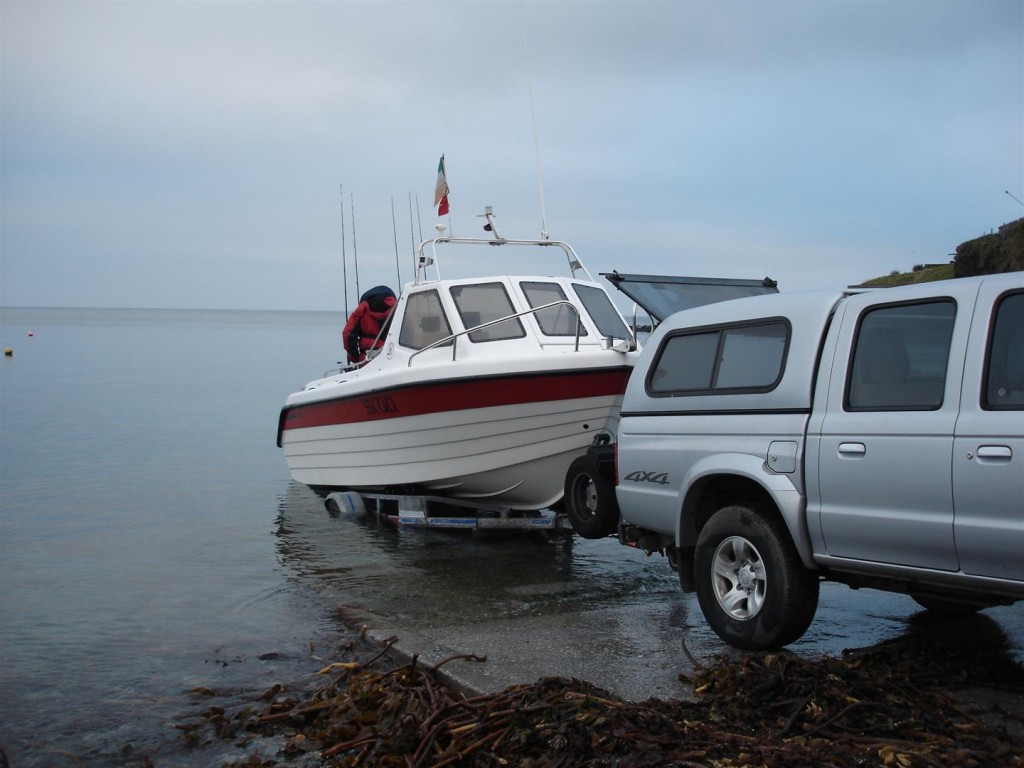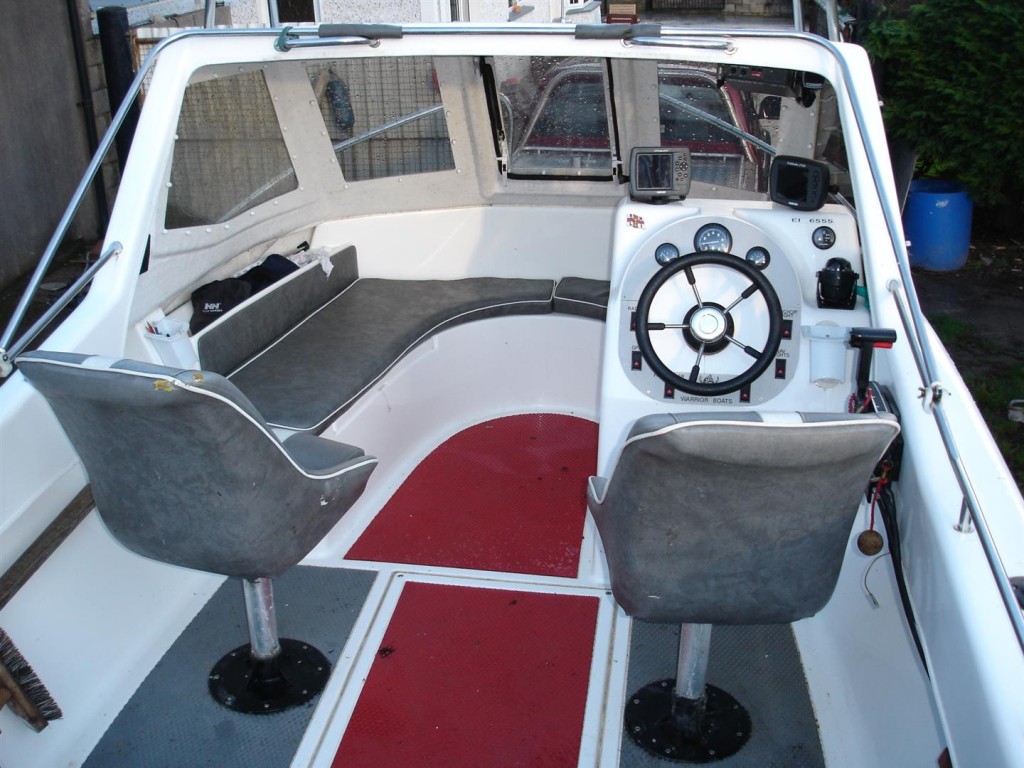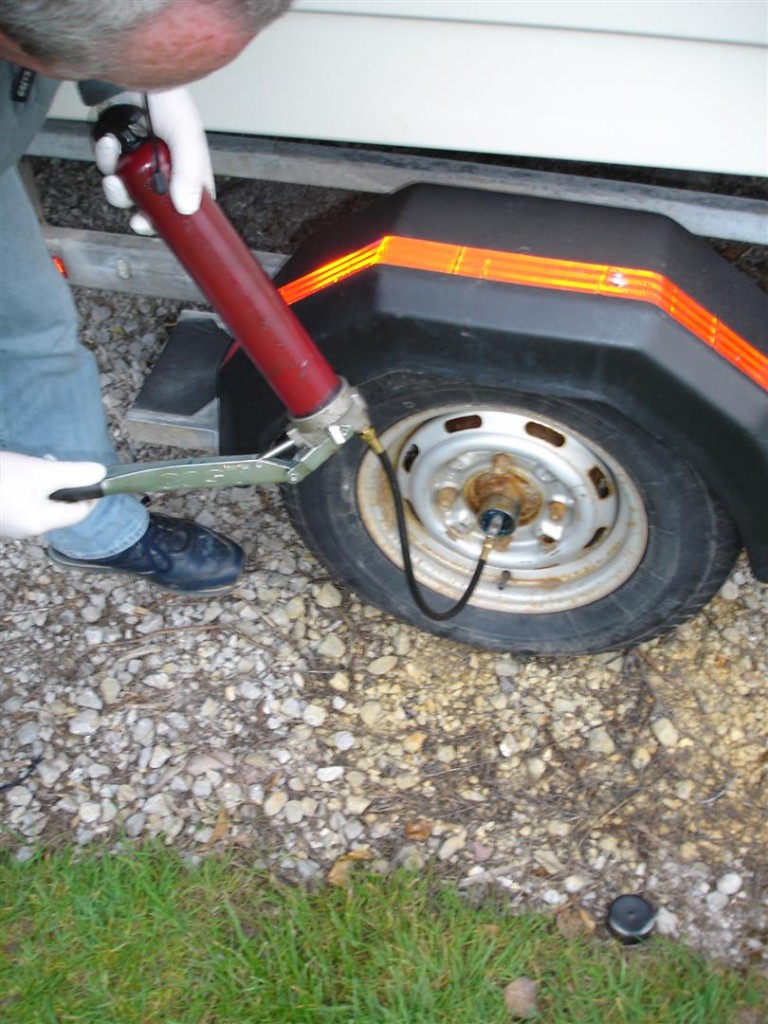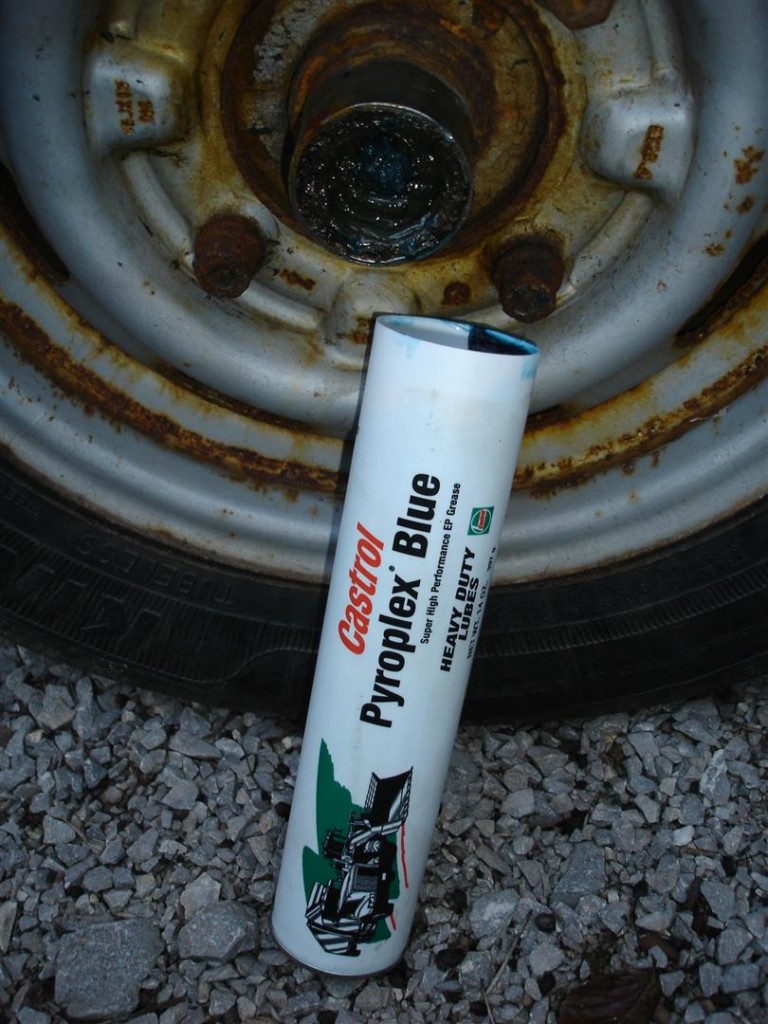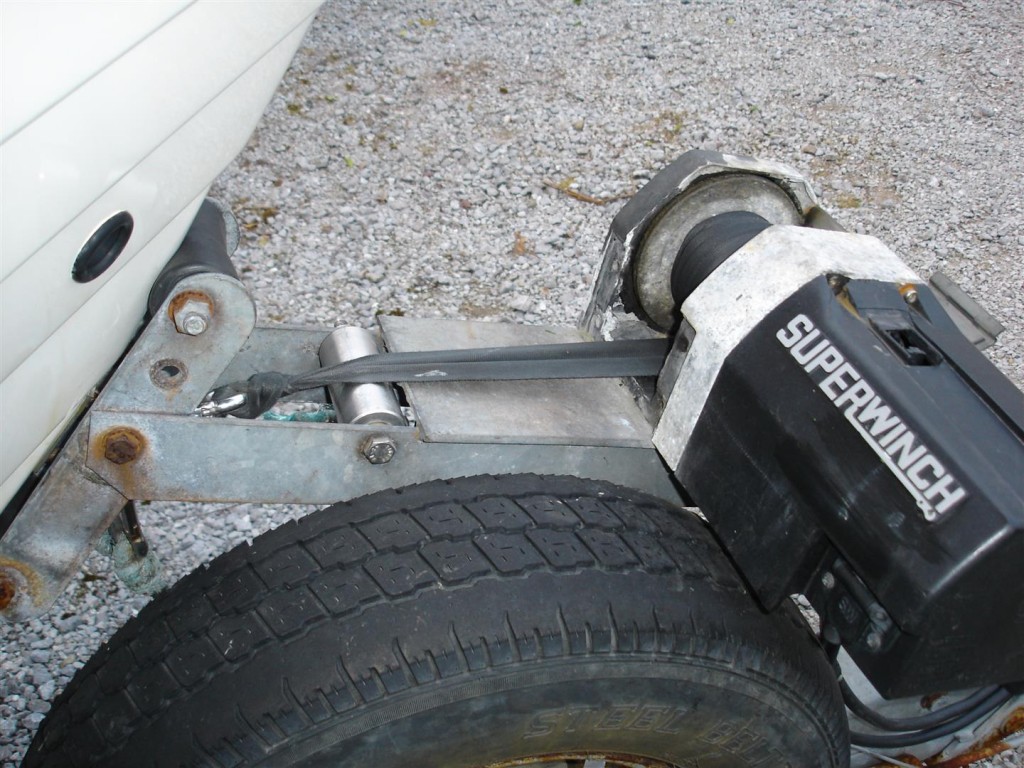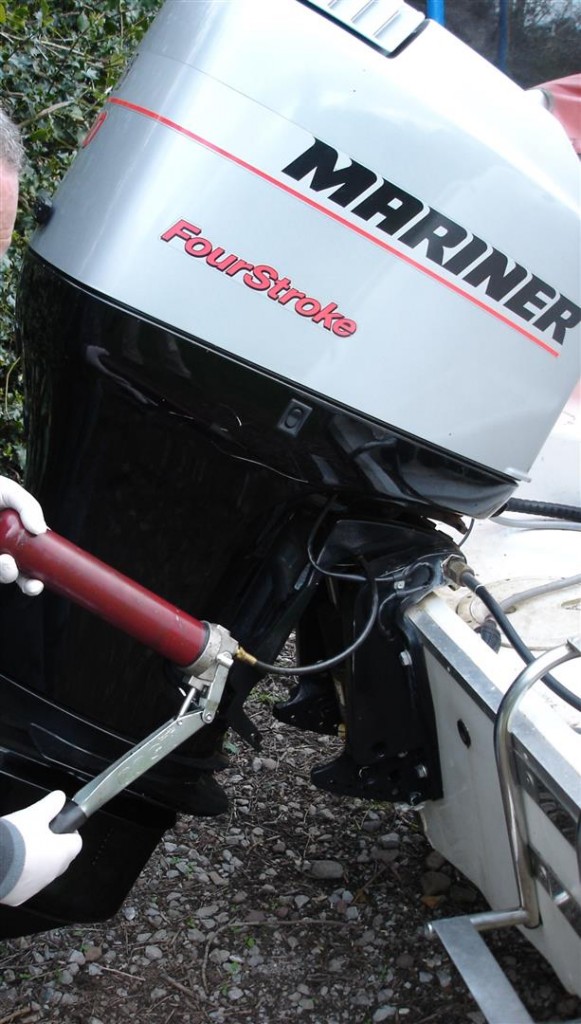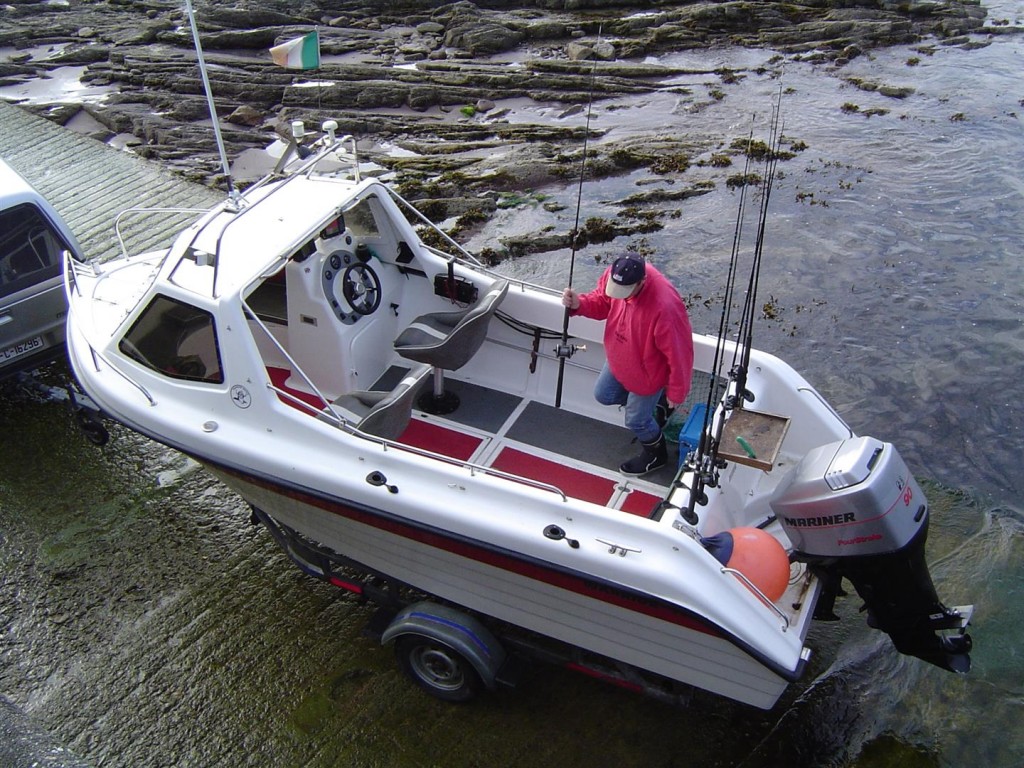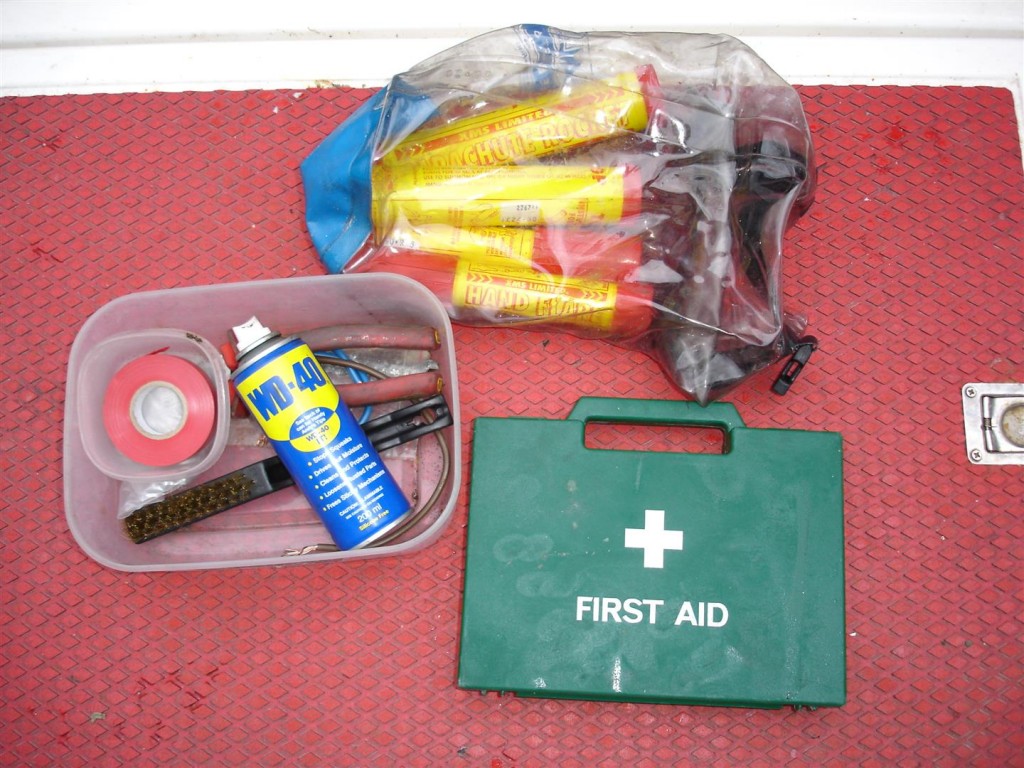Getting to and from fishing in safety is what we all want to achieve. Jim Clohessy runs through the prep required after your boat has been laid up for a time....
All Work, No Play…
There is no doubt about it; a dinghy angler’s life is a wonderful life. Speeding around at thirty knots, catching all manner of species and generally having a great time! This tends to be the impression we dinghy anglers leave with landlubbers. What most do not see is that speeding around fishing is only the tip of a complicated iceberg. By the time you drop your line in the water from any boat, private or chartered, you are playing in the final act of a complex ballet of maintenance, planning, skill and training that all must come together to get you to the mark and home again in safety.
I enjoy contact with anglers around the country; I get plenty of phone calls, emails and postings on web sites each month. Over the last few weeks there is a consistent theme to many of the contacts: Maintenance and preparation for the summer season. I contacted the editor and asked if we could break from fishing articles for a month and address the issues of maintenance and preparation of boats as we saw them. I was delighted with his reply: “The amount of our readers who are going afloat regularly on fresh and salt water is huge. Drive on!”
I do not claim to be expert. I do my best to operate in a safe professional manner. Here are some of the things I do to try and ensure that our angling is not spoiled by accidents that may be preventable with attention to detail and some effort. While I have tried to be as comprehensive as possible I’m sure there may be things I haven’t covered or may have forgotten to mention.
The Trailer:
The trailer is the workhorse of the small boat whole set-up. Many owners care little for their trailers as they only use it a couple of times a year, especially if the boat is kept on a mooring or berth on a pontoon. For the skipper that tows to various venues the trailer can be the weakest link on the road and is the element that when it gives trouble can give serious trouble. When you think of it the trailer is a metal object that is regularly dipped into briny water and is expected to perform week in week out with little maintenance. There are a few areas that need to be regularly checked to keep your trailer performing.
The areas that cause most problems are brakes and bearings. On most axles the brake drum is part of the wheel hub. Remove hub from the axle and the brake shoes and mechanism should be visible. Liberally apply grease to the mechanism including the adjuster. For obvious reasons keep grease away from the brake shoes and the braking surface of the brake drum. Insure that the return springs are in position. If you are not familiar with brakes do not bother messing around with them yourself and take them to somebody who does. On a practical note, when you park up your trailer for any period of time do not use the trailer’s handbrake. Use chocks to prevent the trailer from rolling. Invariably, if left for some time the brake shoes will bind to the drums and the brakes will lock up. If you drive on regardless there is a good chance you will pull the linings off the brake shoes. If your brakes do bind up, hitch to the towing vehicle. Spray some lubricant like Castrol DWF or WD40 into the brakes and rock the vehicle gently forwards and backwards. With a little coaxing the brakes should free out eventually.
Before heading for the slipway for the first time in the season jack the wheels off the ground. Spin the wheels; there should be no grating or growling noises from the bearings. Grasp the wheel left and right and firmly shake the wheel left to right, in and out. There should be a small degree of movement but no slack movement. Most modern axles have a grease nipple on the hubcap that allows you to fill the hub cavity with grease this grease also gets to the bearings themselves. With a grease gun, pump these full of grease. Theoretically you cannot over fill the hubs as any excess grease will flow out of the hub while under way.
On the subject of grease, use high quality grease. There are many types of “marine” grease on the market. Marine seems to be another term for expensive! The best grease I have found is Castrol Pyroplex Blue. The blurb tells us that this grease has “hydro activation”. Basically the wetter it gets the tackier it gets. To put it in simple terms, I used have to change our wheel bearings each other year. Since changing to Pyro Blue we haven’t changed our bearings in four years.
Make sure that your winch is free running and apply some grease to the ratchet mechanism. Unwind the strap and if there is any fraying replace it immediately. A liberal application of grease is also required for the jockey wheel mechanism and the locking bolt for the jockey. There is usually a grease nipple on the hitch so give that a squirt, ensure that the hitch moves forward and back to activate the brakes. Put some grease into the ball socket.
Finally when the boat is off the trailer make sure all the rollers are spinning freely. Spray grease will sort out any stiff ones.
The Engine, throttle & steering.
I have a 100HP Mariner four stroke. The amount of maintenance to be carried out on these engines is minimal. The engine oil and filter must be changed at regular intervals as does the gearbox oil and spark plugs. These are jobs that can be carried out by any mechanically minded person.
Other than the lubes make sure that all the grease points are well pumped with good quality grease. Have a look under the cowl and grease any linkages. Check to see that the cowl seals are good and there is no moisture getting into the engine room. Most large engines have a little fuel filter beneath the cowl. Most of these are washable. Nearly all are available from your local motor factor and are quite inexpensive. Boats with inboard tanks usually have a fuel separator or water trap fitted on deck. This can take the form of a spin on filter or a glass bowl type. Most will have a drain tap at the bottom so you can bleed off the water that has been filtered out. Drain the filter regularly.
2015 Update: Modern Fuel Injected Motors are commonplace. It is important to realise that there are pressurised fuel systems at works here so be sure you know what you are dealing with before you go messing with filters. Generally these engines can be serviced by any competent person but it is worthwhile getting your dealer to give the eingine the once over every now and then.
Again if you are mechanically minded, it is a worthwhile exercise to take apart the throttle control box. Grease up the inside of the box and most importantly grease the screws that hold the box together. You would be surprised at the amounts of control boxes that have to be drilled apart when control cables or switches have to be replaced.
Make sure that your steering is operating freely. Clean the steering ram at the engine and check the resistance setting at the steering wheel. When parking the boat for long periods turn the engine so that the innards of the steering ram are not exposed to the elements.
Before launching, if the engine hasn’t been run for a while or when changing the lubes, run the engine with a set of mufflers or in a barrel of water to ensure that it is starting. Once the engine is running make sure that there is a good issue of water from the water outlet. If there is little or no water coming from the outlet then turn off the engine and use a thin wire to clear possible salt build up in the outlet tube. If this doesn’t work you must then look to replacing the water pump impellor. Do not neglect your auxiliary engine if you have one.
The boat:
It is a good thing to keep a list of the little odd jobs that need doing on board the boat. You will always have something to do. Over the last few years we’ve had to replace some of the clips that hold the tonneau cover in place. Last year we replaced our windows because they had suffered from UV damage. This is a common and not too difficult task that will have to be done on any fibreglass cuddy boat. These are all ideal winter jobs.
Safety
I was speaking to a guy involved with the rescue services. He reckoned that accidents at sea are usually not caused by one event. It is usually a chain of unfortunate events that leads to trouble. We must face up to the facts that the consequences accidents at sea can be and often are life threatening. Our aim is to get to and back from our marks as safely as possible. Boating is a risky business. It is up to the skipper to minimise that risk by having safety gear in board should things go pear shaped. Life Jackets, fire extinguishers, flares, VHF, mobile phones all play a part in our safety plan. Telling somebody on shore our planned return time is very important and often overlooked.
We are now getting closer to a launch. There are a good few bits of gear that are left onboard the boat all year round and these need to be checked just to be sure they are in good condition. The tool kit, which contains some basic spanners, screwdrivers and pliers, a couple of spare spark plugs, a spare switch, some fuses, some electric cable, cable ties of various sizes and some DWF or WD40. Make sure all bits and bobs are ready to rock.
The first aid kit is a necessity, it’s fairly basic, containing, some plasters and a bandage or two, sterile wipes, paracetemol and we’ve lately included some of those strips that hold wounds together instead of stitching. Why we came to have these on board is another tale for another day!
Our fire extinguisher is one of the inexpensive 2kg models that will put out a petrol or electrical fire. If we cooked onboard I think I would also have a fire blanket.
We store our flare pack in one of those “aquapack” waterproof see through bags. The flares remain in super condition. If replacing your flares be sure to check the expiry date as you may find that chandlers may have them on the shelf for some time. We carry hand held flares and parachute flares. We also carry a handheld VHF in an “aquapack”.
We carry a spare battery. We remove this periodically and give it a charge. It is an ongoing project to wire this into our electrical system so the engine can charge it. This is a common set-up in many boats and it removes an element of risk that the battery could be forgotten and fail when needed.
Life jackets must be checked carefully. Most of us are using the inflatable types now and they are a super piece of kit. You would hardly notice that you are wearing them. Manually blow up the jacket to ensure there are no leaks. Check that the gas canister is firmly screwed in. Seam decided to inflate his jacket one day as he was going to replace the canister. He pulled the ripcord and nothing happened. Much to his chagrin he discovered the canister had unscrewed slightly and the firing pin was not making contact with the canister. Would we have thought of checking that in an emergency? I think not.
That’s the main maintenance areas covered. Before setting off to launch ensure that the trailer lights are working. Make sure that the boat is securely strapped to the trailer. Now, plan your trip, get the bait, make sure your tackle is in tiptop condition. Get safely to the launch site, launch the boat, speed around at thirty knots, catch all manner of species, get back safely, retrieve the boat, fillet the catch, clean the boat, tow home safely, sort the gear to be ready for the next trip. Landlubbers howareya!
Featured in Irish Angler in 2009

